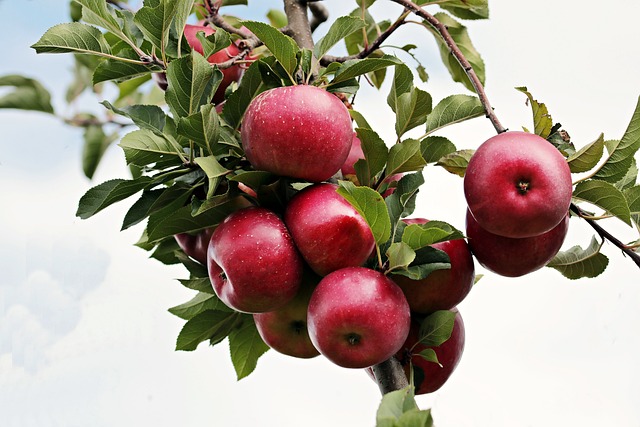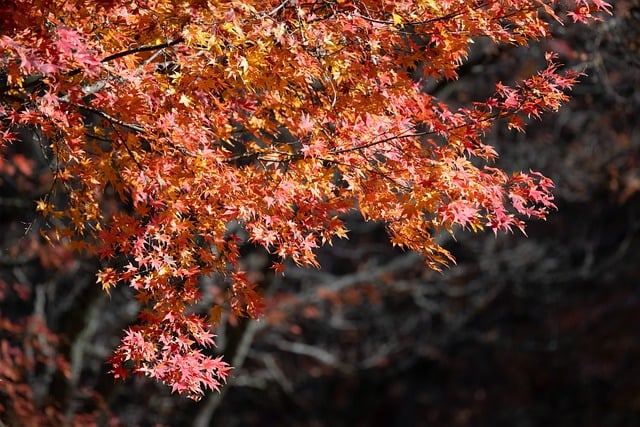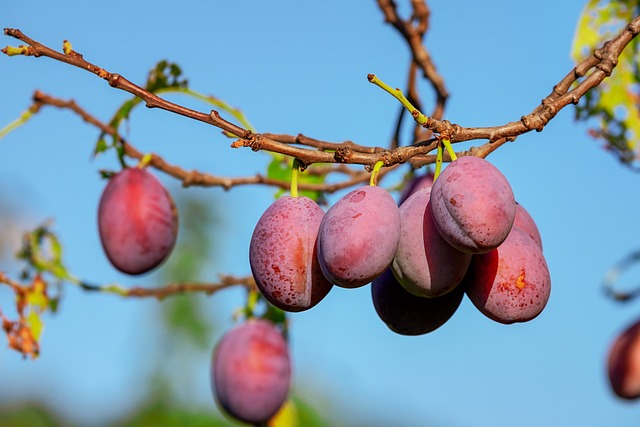Understanding and maintaining the health of Allen, TX tree canopies involves a holistic approach focusing on structure, function, and well-being. Regular inspections, year-round monitoring, and strategic care practices like pruning and tailored fertilization are crucial for optimal tree health. Common local challenges such as pests and diseases require proactive treatments, while seasonal adjustments in watering and fertilization ensure robust growth. Professional Allen TX tree care services provide expert solutions, preserving the urban forest's vibrancy, enhancing property values, and contributing to the community's aesthetic and ecological balance.
“Allen, TX, boasts a vibrant urban forest with diverse tree canopies. Understanding and maintaining this natural asset is crucial for a healthy and sustainable city. This guide explores comprehensive tree canopy care practices specific to Allen. From regular inspections and pruning techniques to common pests and watering strategies, we equip residents with the knowledge to nurture their trees. Discover professional services available in Allen TX tree care, ensuring your urban forest thrives.”
- Understanding Allen TX Tree Canopy Health
- Regular Inspection and Maintenance Practices
- Pruning Techniques for Optimal Growth
- Common Pests and Diseases in Allen's Canopies
- Watering and Fertilization Strategies
- Professional Care Services in Allen, TX
Understanding Allen TX Tree Canopy Health
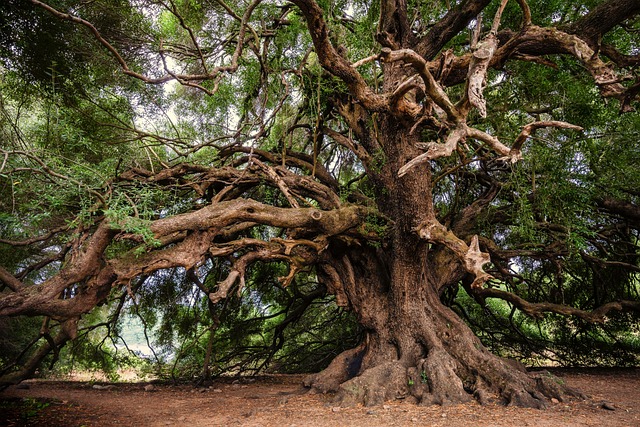
Understanding Allen TX Tree Canopy Health involves recognizing the intricate balance between a tree’s structure, function, and overall well-being. The canopy, comprising the leaves, branches, and twigs, plays a vital role in the tree’s ability to photosynthesize, regulate temperature, and provide habitat for local wildlife. In Allen TX, where trees are integral to the city’s landscape and residents’ quality of life, proper care is essential. This includes regular assessments to identify potential issues like disease, pest infestations, or structural weaknesses.
Allen TX tree care professionals emphasize the importance of monitoring canopy density, leaf health, and branch stability year-round. Seasonal changes affect a tree’s needs, necessitating tailored care strategies. By addressing problems early, residents can ensure their trees thrive, contributing to Allen’s vibrant urban forest while enhancing property values and creating a more aesthetically pleasing environment.
Regular Inspection and Maintenance Practices

Regular inspections are a vital component of tree canopy care in Allen, TX. Homeowners and property managers should schedule periodic assessments to identify any potential issues early on. These inspections allow for proactive measures, ensuring the health and longevity of the trees. During these visits, professionals can detect signs of disease, pest infestation, structural weaknesses, or nutrient deficiencies that may be hidden from view. Addressing such problems promptly is key to preventing significant damage or loss.
Maintenance practices should complement these inspections. This includes regular pruning to remove dead or diseased branches and promote proper air circulation and sunlight penetration. Fertilization programs tailored to the specific tree species can enhance nutrient uptake, boosting overall health. Additionally, watering strategies should be adapted to the tree’s needs, ensuring adequate hydration during dry periods while avoiding over-saturation to prevent root rot. Such consistent care is essential for maintaining a vibrant and robust tree canopy in Allen TX tree care.
Pruning Techniques for Optimal Growth

Pruning is an essential aspect of tree canopy care in Allen, TX. It involves selectively removing dead, diseased, or damaged branches to promote healthy growth and maintain a balanced structure. The timing and method of pruning are critical; late winter or early spring is typically the best time for most trees, as it allows them to heal before new growth begins. Proper pruning techniques not only enhance the tree’s appearance but also improve its overall health by increasing sunlight penetration and air circulation within the canopy.
There are various pruning methods tailored to different tree species and their unique needs. For example, thinning involves removing branches to reduce density, while crown reduction focuses on trimming the entire canopy’s edges. Each technique should be executed with precision to avoid stressing the tree. Professional Allen TX tree care services employ skilled arborists who understand these techniques, ensuring your trees receive the expert attention they deserve for optimal growth and longevity.
Common Pests and Diseases in Allen's Canopies

In Allen, Texas, tree canopies are often affected by a range of common pests and diseases. Among these, insects such as aphids, scale, and leaf miners can cause significant damage to leaves and branches. Aphids, for instance, suck sap from trees, leading to distorted growth and yellowed leaves. Scale insects build up on tree trunks and branches, obscuring sunlight and causing stunted growth. Leaf miners create tunnels within leaves, making them turn brown and drop early.
Fungal diseases like powdery mildew and oak wilt also pose significant threats. Powdery mildew appears as a white, powdery coating on leaves and twigs, hindering photosynthesis. Oak wilt, a more severe issue, causes leaves to turn brown and fall off, often leading to the death of the entire tree if not treated promptly. Proper Allen TX tree care involves regular monitoring for these pests and diseases, using organic or chemical treatments as necessary to maintain a healthy canopy.
Watering and Fertilization Strategies
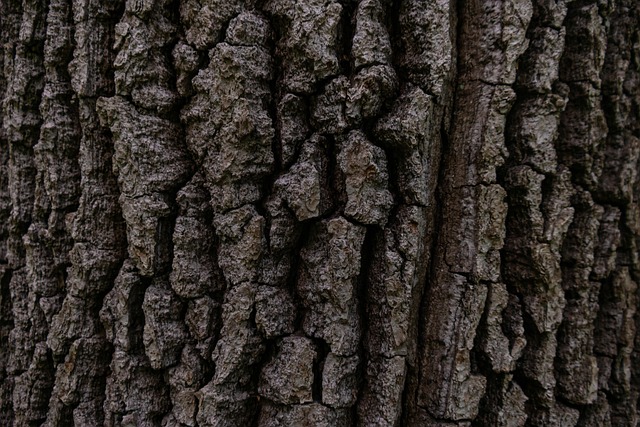
Maintaining a healthy tree canopy requires strategic watering and fertilization, especially in Allen, TX where climate variations can impact tree growth. The key to successful Allen TX tree care lies in understanding your tree species’ specific needs. Generally, deep and infrequent watering encourages deeper root growth, making trees more resilient against droughts. Aim for about 1-2 inches of water per week, adjusting based on rainfall and soil type.
Fertilization should complement natural soil nutrients. Choose a balanced, slow-release fertilizer suitable for diverse tree species in Allen’s environment. Apply it in late winter or early spring before new growth begins. Avoid over-fertilization as it can burn roots; follow application instructions carefully. Regular monitoring and adjustments based on seasonal changes and tree health will ensure optimal watering and fertilization practices for a lush, vibrant canopy.
Professional Care Services in Allen, TX

In Allen, TX, professional tree canopy care is essential for maintaining healthy and vibrant urban forests. Local services specialize in a range of expert treatments tailored to meet the unique needs of area trees. From pruning and pest management to disease prevention and structural assessments, these professionals are equipped with the knowledge and tools to enhance tree health and longevity.
Choosing a reputable Allen TX tree care service ensures proper techniques and industry-leading practices are employed, minimizing risks and maximizing benefits. Their experienced arborists understand local conditions and regulations, providing comprehensive solutions that contribute to the overall aesthetic appeal and ecological balance of the community.
Caring for your tree canopy is an investment in Allen, TX, where proper maintenance can enhance the health and beauty of your urban forest. By understanding the unique needs of local tree species, implementing regular inspection and maintenance practices, and utilizing effective pruning techniques, you contribute to a vibrant and sustainable urban landscape. Stay vigilant against common pests and diseases, and ensure optimal growth through appropriate watering and fertilization strategies. For expert care tailored to Allen’s specific conditions, consider enlisting professional services dedicated to enhancing the city’s tree canopy. Embracing these measures fosters a lush and thriving environment for both residents and visitors alike.


